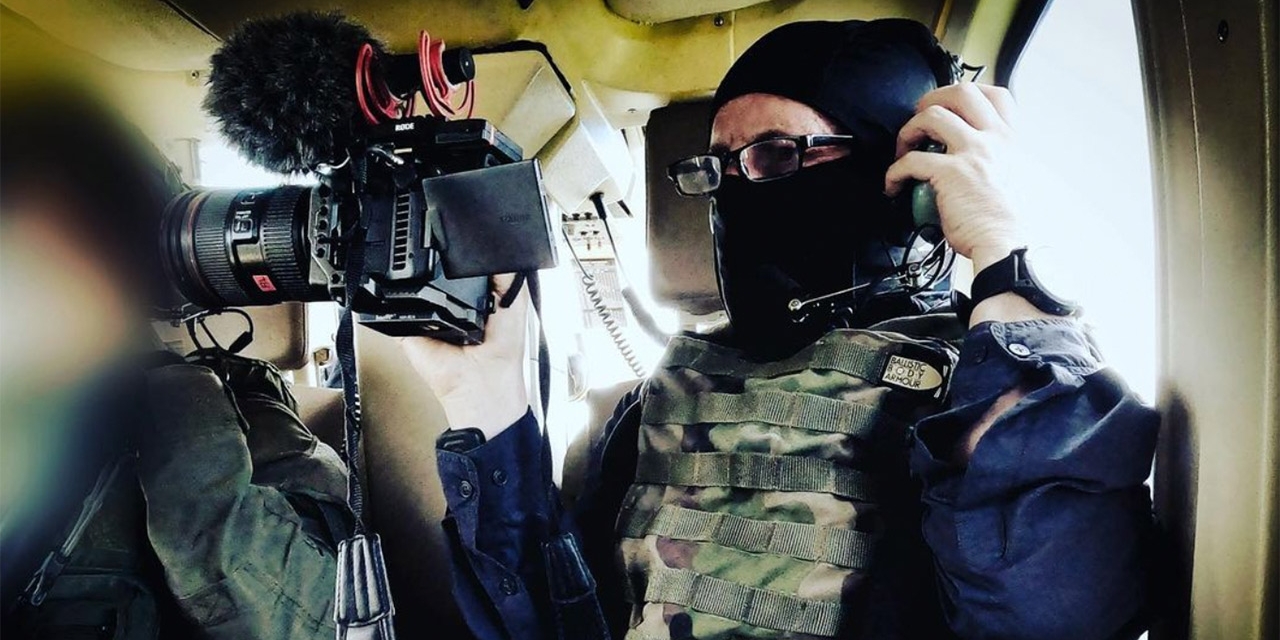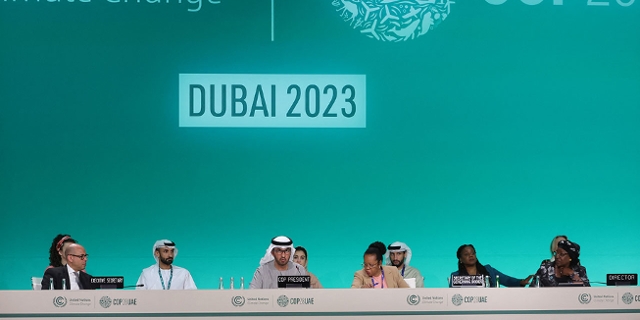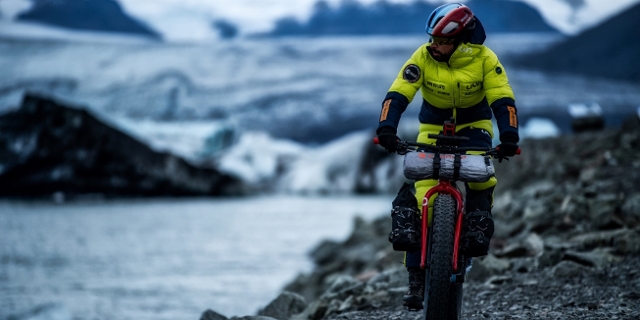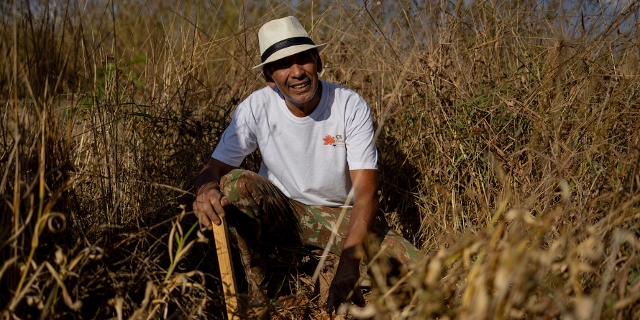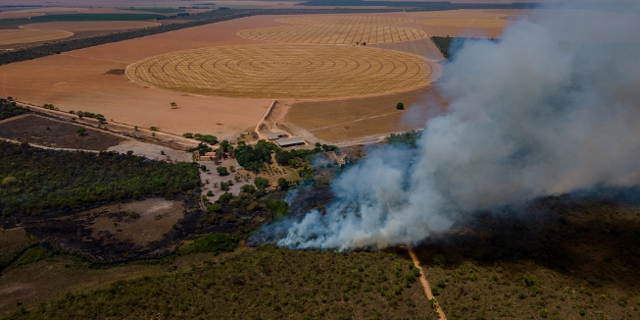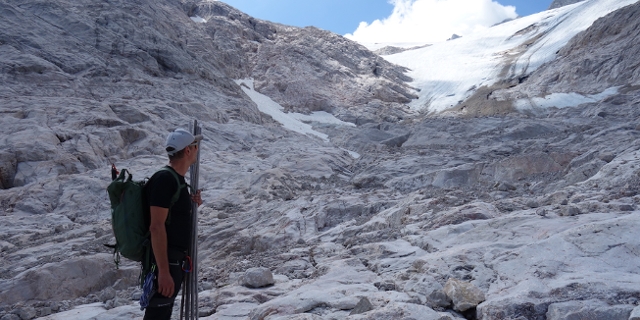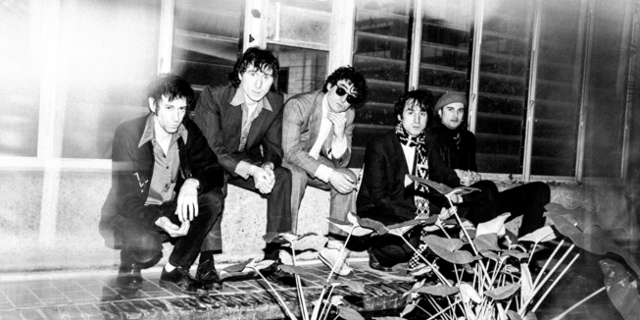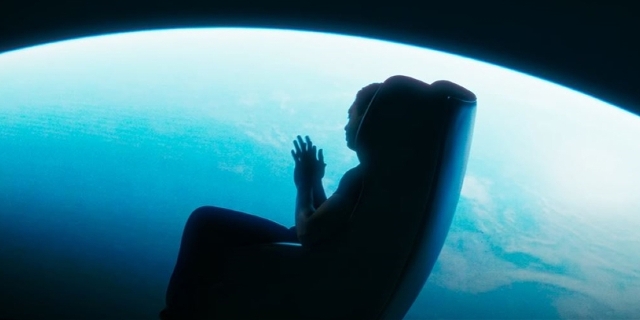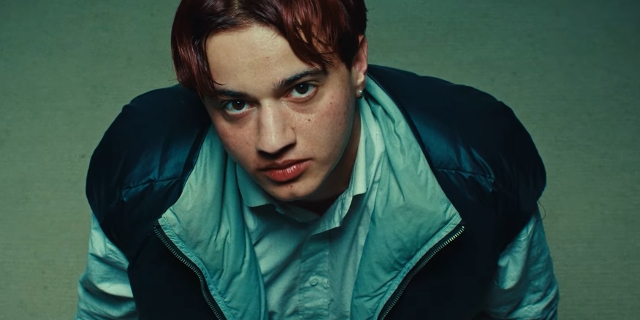The War In The Amazon
The latest report from Global Forest Watch makes very depressing reading. In the year 2022, an area of tropical forest the size of Switzerland was lost. That’s some 11 football pitches of forest were cleared every minute last year. The clock is ticking on environmental collapse.
These figures mark an increase in global deforestation. But 2022 was the first year of data since the international community pledged, in November 2021, to end and even reverse global deforestation by 2020.
A Pledge To Halt Deforestation
This pledge, the so-called Glasgow Declaration, made at COP26 held in the Scottish city, was meant to be a game-changer for the world’s forests. But so far things are moving in the wrong direction.
Worryingly there have been steep increases in the losses of primary forests. By that I mean the old-growth forests where human impacts have until now been minimal. These ancient forests absorb huge amounts of greenhouse gases – they are our best allies in the fight against the climate crisis and there are pretty much irreplaceable, explains Rod Taylor of Global Forest Watch.
“Primary forests tend to have the more biodiversity and more ability to capture and store carbon,” he explains. “They cover an increasingly smaller proportion of the planet. You can restore forests, but it’s very difficult to get back to a kind of primary state. Takes a long time. So that’s why they’re so important.”
„We Can Still Get There“
But Rod urges us not to despair. “We are not on track,” says Rod Taylor of Global Forest Watch, “but the caveat is that it’s only early days on that pledge. But that doesn’t mean we can’t still get there if the actions kick in.”
He points to Brazil, home of the largest part of the Amazon Rainforest, where there might be signs things are changing.
The statistics for the moment from Brazil are catastrophic. Losses of primary forest were worse in Brazil than anywhere else in 2022. The clearing of this priceless primary forest increased by over 14% last year.
The Scourge of Goldmining
A lot of this is driven by goldmining, says Austrian filmmaker Richard Ladkani who has spent many months in the Amazon over the past three years for a documentary project. “There’s a lot of gold in the Amazon. The prospectors that go out deep into the forest and they start opening mining operations, usually near rivers,” he explains. “When they’re successful, they bring in bigger machines, you know, they bring in the bigger boats and they build ports and they start building infrastructure.”
Through this infrastructure, Richard explains, the loggers eventually arrive and expand the roads. It is all part of the same corrupt situation. The gold mining is illegal. It’s run by the cartel. The loggers are illegal. They then become part of the cartel and it all becomes part of this mechanism of kind of it’s like a cancer that spreads inside the forest.”
Cancer in the World’s Lungs
The destruction left behind by the goldminers is toxic and cruel, explains Richard. The mining process uses lots of mercury. A heavy metal that poisons the rivers. “It is so sad to see because you see the murky waters, you see these stale waters and there is no life around those areas that they have been digging up for, for gold.
The gold miners use factory ships that they use to kind of suck up all the riverbeds because they’re looking for the gold in the mud. So they are going through all the riverbeds, sucking it up, then diluting it, and with mercury then all the sludge goes back out in the river. There’s just death there.”
Once the first wave of destruction is over, new waves follow. Within years the cattle arrive, and soybeans are planted and there’s just no forest left. “It’s a cancer spreading through the world’s lungs,” concludes Richard.
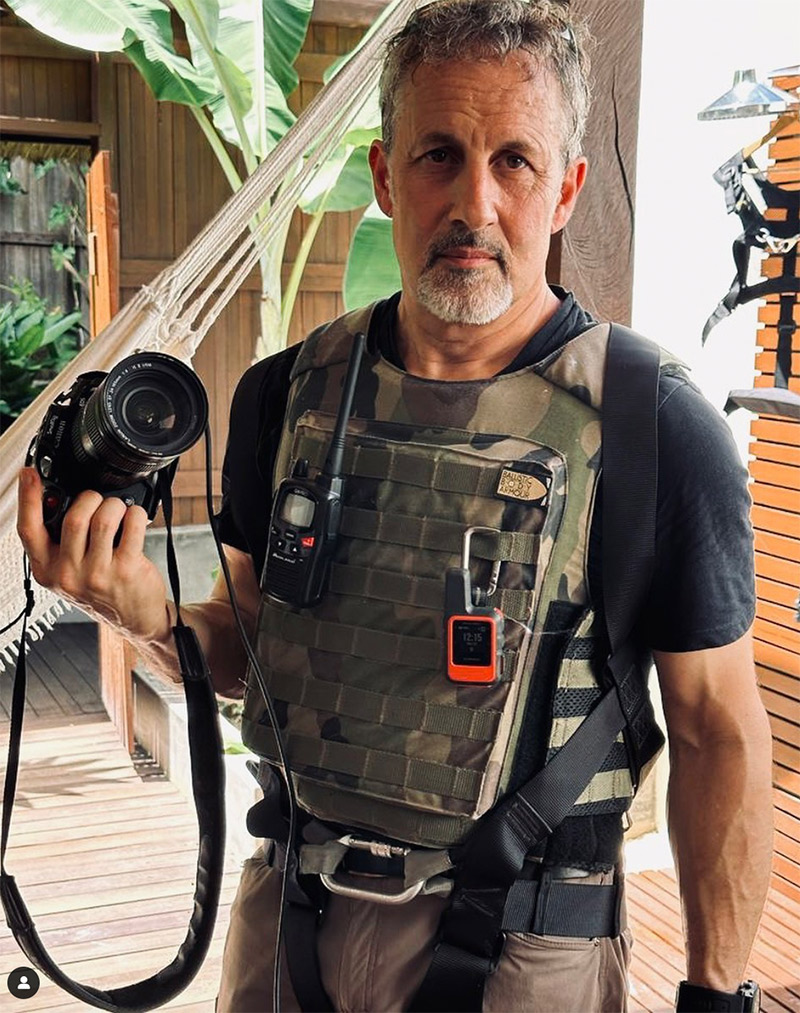
Malaika Pictures
A Political Shift
However, 2022 was also a momentous political year in Brazil. The former president Jair Bolsonaro, who had weakened rainforest protection and seemed to tacitly accept if not encourage landgrabs, was voted out of power. His replacement Lula da Silva vowed to fight back against the destruction of the forest. Richard has been following a team from Brazil’s environmental agency Ibama tasked by Silva with taking the battle to illegal landgrabbers.
“He gave them money and he encouraged them to do their job. So they’ve all fought back now and they are really trying their best to reverse four years of catastrophic Bolsonaro government,” says Richard. “They have started fighting back in the Yanomami territory where there were 20,000 miners inside the indigenous territory at the beginning of the year and have reduced them to 500 in six months. So it’s been a reduction of 95%.
A Deadly Battle of Fire
Often we use the phrase “fighting against deforestation as a metaphor, but in this case it is a real fight. These forest protectors are heavily armed; and they need to be. It’s a very dangerous battle going on there deep in the rainforest.
“They call it themselves ‘a war’, and it looks like a war,” says Richard, who has joined them on their raids. “They come with helicopter gunships; they land heavily armed troops. The troops infiltrate these mining camps and these logging camps. They search for people that they can arrest. And once it is established that this is clearly an illegal operation and they have gathered all the evidence, they start to basically demolish the entire area by burning it down. So they have burned down hundreds of camps."
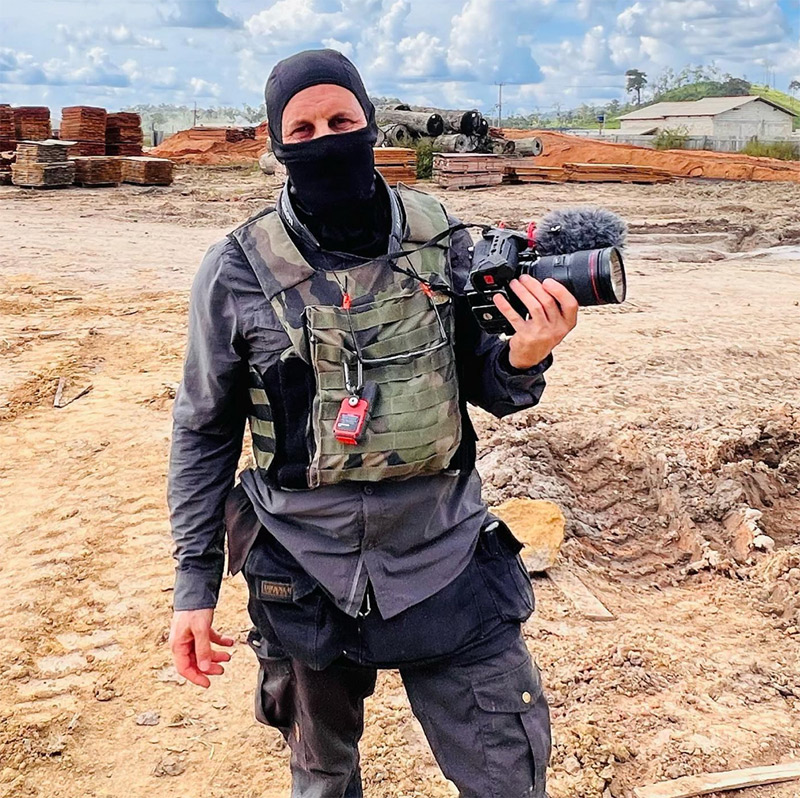
Malaika Pictures
Indigenous Rights Are Key
Lula has been very astute in making empowering indigenous people a key part of his strategy. The Global Forest Watch report has shown that, despite landgrabs, indigenous territories in Brazil have a much lower deforestation rate than similar lands managed by other actors.
“The fundamental lesson there is if you respect people’s customary rights to land, not only can they continue to be good stewards of the land, they can do that with some kind of a legal authority to prevent others from kind of encroaching upon their land,” says Rod Taylor of Global Forest Watch. “If you get that alignment of respect for land rights and some kind of empowerment of community to exercise their rights, then you’re likely to get that success story.”
Guardians Of The Forest
For his film project Richard Ladkani is following an indigenous leader called Juma Xipaia and has been trying to understand the bond between the indigenous communities and the forest that sustains them.
“When you look at the satellite map of the Amazon, you will see patches of untouched rainforest and all those patches are surrounded by devastation, such as grazing grasslands, soybean plantations, farmland and all that where there used to be rainforest,” he explains.
“Now these patches of green untouched rainforest are all indigenous territories. That is their protected homelands - kind of like a national park where it’s illegal to go in and mine and log and burn down. This just shows that these people are able to take care of their own territory. And when they are protecting their territory, they’re protecting the forest. That’s why they call them the guardians of the forest.”
Publiziert am 30.06.2023







